Control noise in booster pump systems
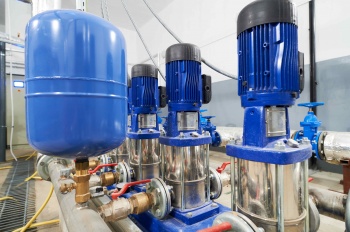
Mawdsleys Pump Services looks at reasons why booster pumps make noise, how you can control it and essential regular maintenance checks you can carry out to ensure pumping systems run efficiently without generating excessive noise.
The key reasons booster pumps make noise are higher water demand than the pump can facilitate, an incorrectly positioned pump, worn components such as bearings, old or unmaintained pumps, and excessive vibration from the pump pipework within the building
Use the right pump for the job
Using the right tool for the job is key to achieving any task, and it’s the same with your pumping system. In older buildings, older and inefficient systems are often used to boost water pressure.
Not only does this mean lower efficiency and higher bills, but when everyone in the facility uses water, such as the morning shower, all pumps in the booster set are needed to provide adequate water, creating excessive noise. In an efficient system tailored to building requirements, the whole bank of boosters would never need to run simultaneously to supply the required water.
Position the pump correctly
Following the selection of the most suitable pump for the job, the location of the pump is essential for achieving zero sound disruption. In most cases, it is recommended that the pump is installed in an enclosed space, such as a soundproofed control room. If your pump is already set in place and relocation would be impractical and expensive, erecting a control room or sound barrier around the pump is still possible to reduce noise.
Use vibration isolators
One of the most common causes of noise from booster pumps is vibration. Vibration generally comes from the pipes or the pumping system itself vibrating against the structure of the building.
Using vibration isolators is a cost-effective way of reducing noise from a pump – the most effective method will depend on the level of vibration a system is producing:
- Low vibration level – If a pumping system produces a low noise and vibration level, a vibration mat is a simple and cost-effective control method. This is essentially a thick mat or pad on which the pump is placed to prevent vibrations from being carried up the building.
- Mid-level vibration – If a pumping system produces a medium level of noise and vibration, vibration springs or mounts can be fitted, which absorb the vibrations from the pump.
- High vibration – If a pump produces a high level of vibrations, an inertia base can be constructed. This is a robust measure that will absorb the maximum amount of vibration.
- Vibrations from pipework – If the vibrations come from the pipes instead of the pump, fitting vibration isolators such as springs to pipework will prevent them from vibrating against the building.
Of course, if a pump is vibrating excessively or the vibrations are getting worse over time, it could be that vital components within the pump have become damaged, and a specialist inspection would be required.
Proper maintenance
As pumping systems age, vital components such as bearings wear down, creating unwanted noise. To prevent noise and further damage to the system, it is essential that these components are regularly inspected and replaced as required.
Putting a proper pump maintenance plan in place is the most effective and cost-efficient way of controlling noise and preventing failure within a system. A weekly visual inspection should ensure problems are spotted before they evolve. The inspection should include checking all valves for free travel, checking water and air pressure gauges, testing alarms and inspecting and lubricating bearings as required. It is also important to regularly check for any damage to the pump or any of its main components, taking note of any unusual noises or ‘struggling’ from the system during start-up. A note of any excessive vibration or unusual noise from the pump should also be taken, as should the temperature within the room.
Mawdsleys has created a free inspection checklist for use by responsible persons, which can be downloaded from its website. bit.ly/MAW_PIC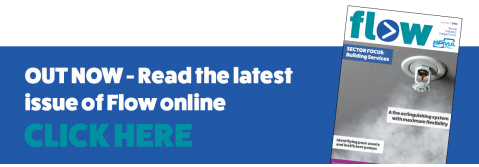
Back to Latest News
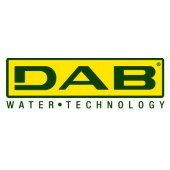




2.jpg&w=170&h=170)
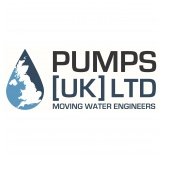

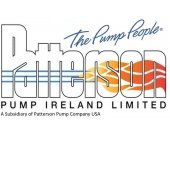

3.png&w=170&h=170)
1.png&w=170&h=170)